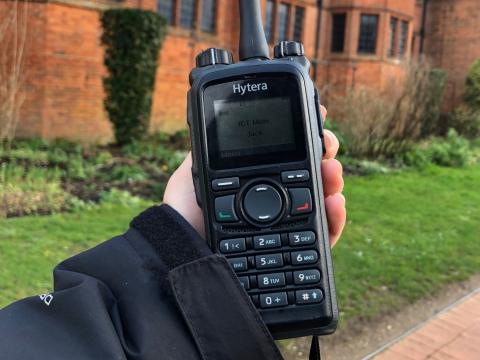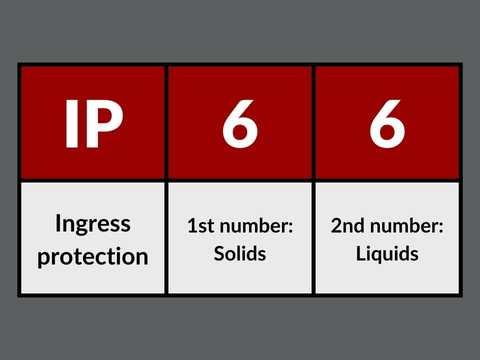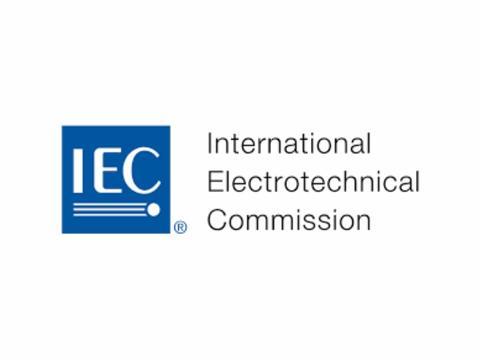What is an IP rating for two way radios?
What are IP ratings? An IP rating for two-way radios is a standard for radio equipment that measures its ability to resist water, dust, and other elements. Two-way radios are essential communication devices for many industries and applications including security teams, construction sites, emergency responders and others where reliable communication can mean the difference between life or death. An IP rating guarantees the reliability of your equipment no matter what environment it's operating in. It was developed by the International Electrotechnical Commission (IEC).
What does an IP rating measure?
“Ingress Protection rating” (IP rating), sometimes referred to as “International Protection Marking”, classifies how well a two-way radio is protected from solids, dust and liquids.
The IP rating is a series of numbers that indicates how well a two-way radio is protected from solids, dust and liquids.
- The first numeral refers to the protection against solid objects and is rated on a scale from 0 (no protection) to 6 (no ingress of dust).
- The second numeral rates the enclosure’s protection against liquids and uses a scale from 0 (no protection) to 9 (high-pressure hot water from different angles).
You can read further detail on IP ratings on the IEC’s website.
The first numeral considers solid foreign objects, as follows:
- 0 – No protection
- 1 – Protected against solid foreign objects of 50mm Æ and greater
- 2 – Protected against solid foreign objects of 12.5mm Æ and greater
- 3 – Protected against solid foreign objects of 2.5mm Æ and greater
- 4 – Protected against solid foreign objects of 1.0mm Æ and greater
- 5 – Dust protected
- 6 – Dust-tight
The second numeral considers water, as follows:
- 0 – No protection
- 1 – Protected against vertically falling water drops
- 2 – Protected against vertically falling water drops when enclosure tilted up to 15°
- 3 – Protected against spraying water
- 4 – Protected against splashing water
- 5 – Protected against water jets
- 6 – Protected against powerful water jets
- 7 – Protected against the effects of temporary immersion in water
- 8 – Protected against the effects of continuous immersion in water
- 9 – Protected against high-pressure and temperature water jets
IP ratings: what to consider
The most important thing to know about IP ratings is that they are not related to waterproof ratings or drop ratings in any way. This means that if you buy an IP67-rated radio, it does not mean it will be able to withstand a fall from your hand as well as one with an IP7 rating; nor does it mean that your radios can only be used in areas where there's no rain or dust present at all times!
The IP rating is a measure of how well an item will hold up to dust and water. The number in the rating indicates how many millimetres of dust or water can enter the device over a specified period of time before it fails.
When considering using a new two way radio solution, it’s important to consider when and where the radios will be used and the environment in which they’ll be used in. This way you’ll be sure to get the radio hardware that is right for the job it’ll be doing. Some radios are designed specifically with tough and harsh environments in mind, such as Samsung’s Rugged range, or Sonim’s ultra-rugged range of smartphones, while others (such as VoCoVo’s wireless team communications) are designed for a totally different setting such as retail.
An IP rating is a way of measuring how well a product can protect itself from the elements. It’s important to know what you’re working with when considering which two-way radio to buy, especially if it needs to be used in harsh conditions. The good news is that we work with the leading manufacturers and partners in the industry and take pride in ensuring each and every client is matched with the best hardware that is fit for purpose. Contact us today to find out more.



